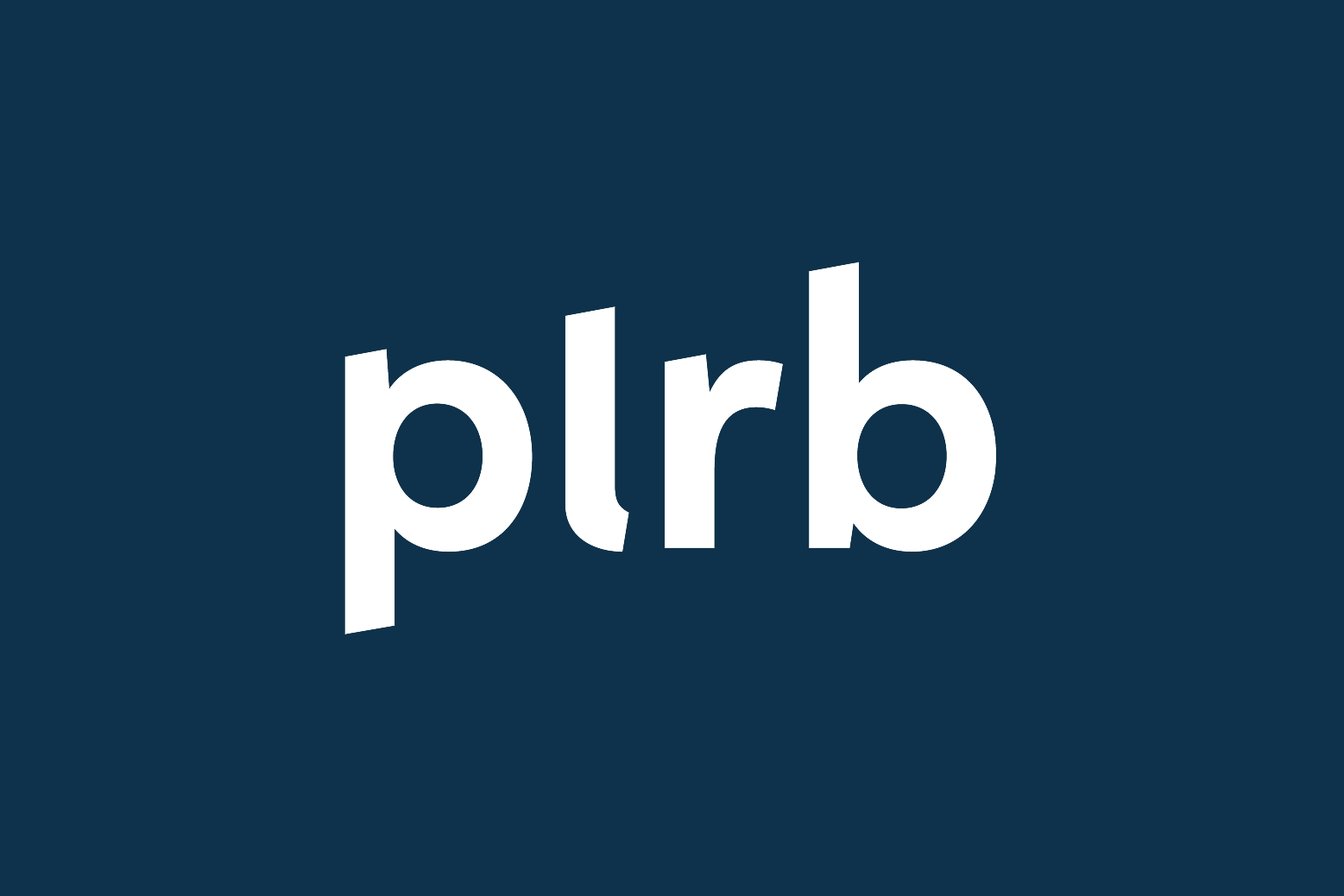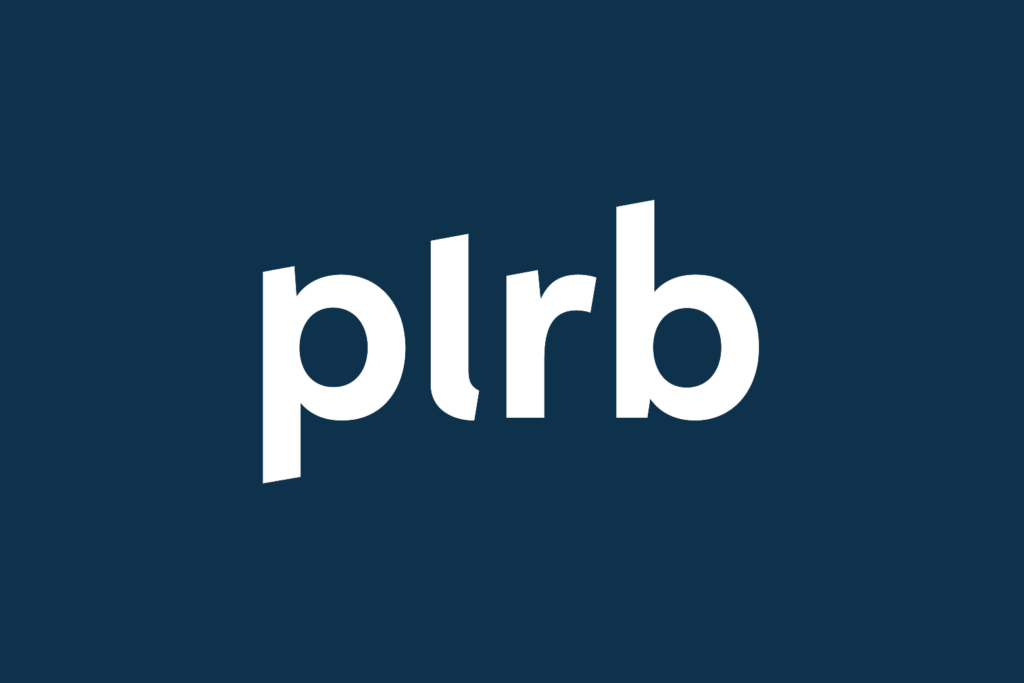Telematics and Usage-Based Insurance: Driving the Future of Risk Assessment
In today’s insurance landscape, one-size-fits-all coverage is quickly becoming a thing of the past. Telematics and usage-based insurance (UBI) are leading the charge in reshaping auto insurance, from reactive risk assessments to real-time, data-driven precision. As drivers adopt connected vehicles and smartphones become default data collectors, insurers find new ways to personalize auto insurance premiums, reward safe behaviors, and reduce claims severity.
What’s Fueling Telematics Growth
According to The Business Research Company, the global UBI market is expected to reach $83.11 billion in 2025, up from $63.07 billion in 2024—a CAGR of 31.8%. This rapid expansion is fueled by the convergence of consumer expectations and technological capability: drivers want fairer pricing, and insurers want more accurate, behavior-based underwriting.
At the heart of it all? Data—rich, real-time behavioral data gathered through embedded vehicle sensors, mobile apps, or plug-in devices.
How Telematics Works
Telematics refers to the use of technology to monitor and assess driving behavior in real time. This typically involves a smartphone app or a device installed in the vehicle that gathers data on key driving metrics such as mileage, speed, acceleration, braking patterns, and even mobile phone usage. That data is securely transmitted to insurers, who analyze it to build a more accurate risk profile for each driver.
This approach enables personalized pricing models such as pay-per-mile or behavior-based premiums. For example, low-mileage drivers or those who consistently demonstrate safe habits can benefit from lower rates. Insurers, in turn, gain deeper insight into risk exposure, potentially reducing the frequency and severity of claims.
By focusing on actual driving behavior rather than generalized demographic factors, telematics offers a fairer, more transparent model of risk assessment. It’s a win-win: policyholders are rewarded for safe, responsible driving, while insurers gain operational efficiencies and more accurate underwriting.
Key Benefits for Insurers and Policyholders
- Fairer Pricing Models
By analyzing variables like speed, hard braking, cornering, and time of day, insurers can better match premiums to actual risk, rewarding low-risk drivers and disincentivizing risky habits.
- Improved Loss Ratios
Safer drivers mean fewer and less severe accidents. Real-time coaching and behavioral nudges, often built into telematics programs, have been shown to significantly reduce loss costs.
- Deeper Engagement
Usage-based models shift the insurer-policyholder relationship from transactional to ongoing, with consistent digital touchpoints throughout the policy lifecycle.
Challenges on the Road Ahead
However, implementation isn’t without its hurdles:
- Privacy & Data Ethics: Consumers remain wary of sharing their driving data. Insurers must be transparent about data collection, storage, and usage.
- Fragmented Regulations: States vary widely in how telematics can be used for underwriting and rating. Legal departments must stay nimble and well-informed.
- Technology Barriers: Not all fleets or customers are ready for IoT-enabled vehicles. Standardizing platforms and ensuring data accuracy remain critical challenges.
What It Means for Claims & Risk Management
Telematics doesn’t stop at underwriting—it’s also transforming claims. Faster incident reporting, fraud detection through movement pattern analysis, and even real-time crash reconstruction reshape the claims landscape. For example, companies like Verisk and Cambridge Mobile Telematics are leveraging this data to create more efficient and accurate post-accident workflows.
How PLRB Helps Members Stay Ahead
At PLRB, we recognize the potential of telematics to reduce claim costs, improve service, and redefine how risk is evaluated. Our educational programs, webinars, and research libraries offer members the tools to:
- Understand regulatory updates
- Gain insights from early adopters
- Explore how telematics data can inform catastrophe response or litigation defense
The Road Forward
Telematics and usage-based insurance are no longer niche. They are the blueprint for a more dynamic, data-rich insurance ecosystem. The opportunities to innovate are significant for insurers that can navigate the technical and ethical landscape.
Next: In our next blog, we’ll explore how the industry is protecting sensitive data, managing cyber risk, and reinforcing trust in an increasingly digital insurance ecosystem. Stay tuned!


